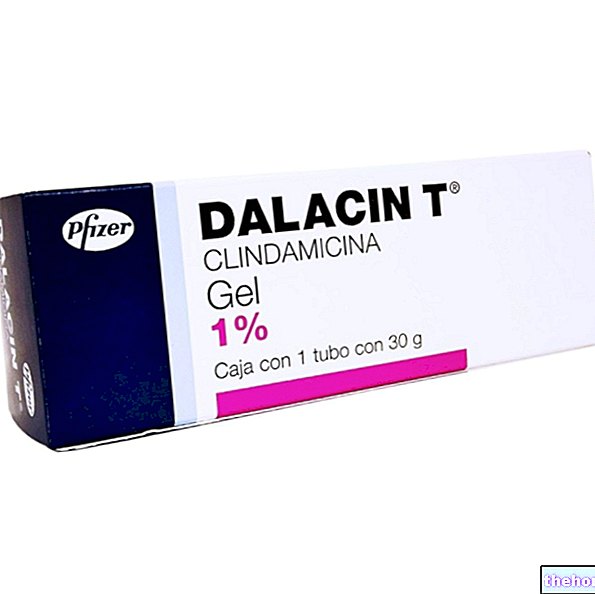After being administered, the drug is absorbed, enters the circulation, is distributed in the manner seen above and finally reaches the target site where it carries out its pharmacological function.
After the medicine has done all its actions, it is eliminated from our body. To be eliminated, the drug must have the inverse characteristics compared to the characteristics useful for absorption; practically the administered substance must become hydrophilic and inactive. If the drug does not have hydrophilic characteristics it would not be eliminated, but reabsorbed and re-enter the circulation. its return to the circulation increases its permanence in the organism and, of course, all the pharmacological effects provided by the drug are also increased.
The purpose of our metabolism is to transform the original compound into an inactive metabolite, more polar than the original molecule and of a lower molecular weight. This intervention of inactivation of the pharmacologically active substance occurs thanks to the presence of particular enzymes that are mainly found in the liver. Some drugs after the metabolization phase can give rise to different metabolites, thus meeting different fates. It is not always certain that an inactive substance originates from an active substance, but other active, inactive or toxic compounds can be generated. One important thing to mention is that active metabolites can also be generated from an inactive compound. The inactive compound considered is a prodrug, which in its original form is inactive and only after metabolization releases active metabolites.

Phase I and phase II reactions in drug biotransformation. Phase II reactions can also precede phase I reactions.
Thanks to the study of metabolism it is possible to determine the dosage of the drug according to the disease, the possible formation of other compounds, predict possible interferences and finally predict the changes in response following protracted treatments (enzyme induction and repression). drug metabolism occurs mainly in the liver, but also in the lung, kidney, intestine, placenta and skin, thanks to particular enzymes. The latter are present almost everywhere, have a high number and low specificity of subsatrates (they recognize various types of substrate and have a poor catalytic efficacy). This deficit is compensated by the other characteristics (high presence and high number).
Metabolism can be of two types: systemic or presystemic. We speak of presystemic metabolism when a prodrug must be hydrolyzed or reduced to obtain an active compound before entering the circulation; only at this point can the product be absorbed and reach the site of action. In the case of systemic metabolism all the other enzymes are localized in tissues which are reached by the pharmacological substances only after they have carried out their pharmacological action.
BIOTRANSFORMATION:
it occurs mainly in the liver, but also in the intestine, kidneys and lungs;
the main function of metabolism is to transform lipophilic substances (which are eliminated with difficulty by the body) into hydrophilic compounds that can be easily eliminated.
ENZYMES, MITOCHONDRIAL AND MICROSOMIAL ENZYMES
So far we have talked about enzymes, but what are they? Where are? What function do they have? These enzymes are proteins and can be found everywhere in the blood, digestive system, liver and central nervous system.
In the bloodstream we can find esterase enzymes that catalyze ester hydrolysis, proteases and lipases are found in the digestive system, the enzymatic system of monooxygenases can be found in the liver and finally in the CNS the enzymes necessary to degrade the neurotransmitters. All these enzymes are localized in the various tissues mentioned above, but at the level of each organ they are generally found inside the cell. At the cellular level they can be localized in the extracellular or intracellular space. If these enzymes are found in the extracellular space their activity is that of degrading substances that can damage the cell, in fact they are also called enzymes to protect the cell.If they are found in the intracellular space, they are mainly located in the mitochondria, in the cytosol and at the microsomal level.
Mycorsomas are smooth and rough endoplasmic reticulum vesicles that are artificially obtained by centrifugation. This centrifugation process takes place only when you want to subdivide the subcellular components of a cell. Mitochondrial enzymes are qualitatively and quantitatively predictable (number established by the genetic code of the cell, therefore a certain number and a certain type will be formed), while microsomal enzymes have a variable number and "activity. In fact microsomal enzymes are responsible for the activities hypotrophic or hypertrophic (increase or decrease in the number of enzymes) and the activity can be modified according to the conditions that the cell has to face.
Examples of drugs that increase the metabolism of other drugs
INDUCTOR
Drug whose metabolism is increased
Phenylbutazone (anti-inflammatory)
Cortisol, digoxin
Phenytoin (antiepileptic, trigeminal neuralgia)
Cortisol, digitoxin, theophylline
phenobarbital and other barbiturates
Anticoagulants, barbiturates, chlorpromazine, cortisol, phenytoin,
Rifampicin (antibiotic that inhibits RNA polymerase)
Anticoagulants, digitoxin, glucocorticoids, oral contraceptives, propranolol
Examples of drugs that decrease the metabolism of other drugs
INHIBITOR
Drug whose metabolism is inhibited
Cimetidine (anti-H2 antihistamine)
Diazepam, warfarin
Dicumarol (anticoagulant)
Phenytoin
Disulfiram (alcoholism)
Ethanol, phenytoin, warfarin
Phenylbutazone (anti-inflammatory NSAID)
Phenytoin
Other articles on "Elimination of a drug: biotransformation reactions"
- Teratogenesis, teratogenic drugs
- Transformations of a drug: phase one reactions























-nelle-carni-di-maiale.jpg)




